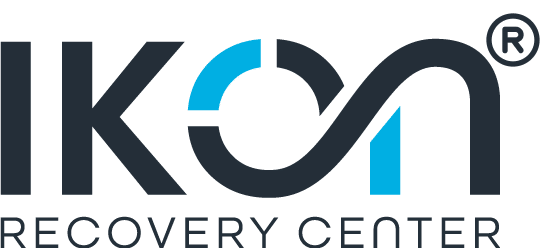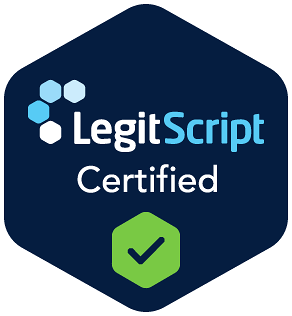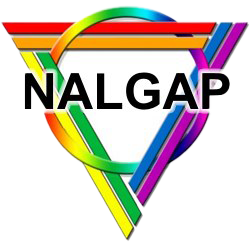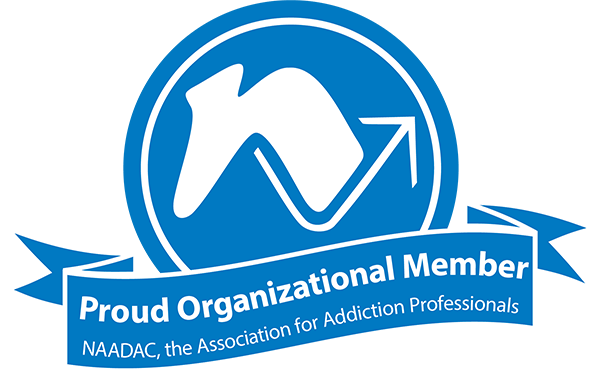opioid addiction
Table of Contents
Key Points
- Gateway drugs are habit-forming drugs that are believed to influence or progress to harder drug use.
- Common gateway drugs include marijuana, alcohol, nicotine, inhalants, anabolic steroids, and prescription drugs like opioid painkillers and stimulant ADHD medications.
- The concept of gateway drugs is still debated, but experts agree that early drug experimentation can increase the risk of addiction.
- Whether gateway drugs open the path to addiction or not, drug abuse prevention strategies from parents, peers, healthcare professionals, and community leaders can help.
“Gateway drugs” are habit-forming drugs that are believed to increase the risk of using other addictive drugs. The idea behind gateway drugs is that using safer drugs can build addictive behaviors that lead to harder drug use of stronger, more potent substances.
The concept of gateway drugs has been debated by scientists, health professionals, and policymakers for decades. While the relationship between drug use and addiction is complex and influenced by genetic, social, and psychological factors, some research suggests that certain drugs, particularly marijuana, alcohol, and nicotine, serve as starting points on a path to addiction.
What Are Gateway Drugs?
According to the gateway hypothesis or gateway theory, a gateway drug is any habit-forming, psychoactive substance that’s associated with an increased risk of progressing to a more harmful or addictive drug. The idea of a gateway drug doesn’t mean that everyone using the drug will inevitably end up using harder drugs, but that there’s a correlation between the early use of legal and socially acceptable substances and the later use of illicit or high-risk drugs.
There are several reasons some drugs may be considered a gateway drug. Early drug use can alter brain chemistry, especially in adolescents, increasing the risk of future addiction.[1] Experimenting with safer drugs may also increase the willingness to try others. With both gateway drugs and hard drugs, access, peer influence, and cultural norms play big roles in shaping future drug use.
Examples of Gateway Drugs
Alcohol
Alcohol is a widely available, socially acceptable substance that’s often introduced during adolescence. Because it’s legal and often used in social settings, people tend to downplay the risks of alcohol abuse and addiction.
Research suggests that early drinking is linked to higher risks of experimenting with marijuana, prescription drugs, and cocaine later in life.[2] Alcohol impairs judgment, lowers inhibitions, and increases risk-taking behaviors, possibly leading to other substance use.
In adolescence, alcohol use is strongly tied to future substance abuse. Heavy drinking can also desensitize you to drug-related risks, making drug experimentation feel less taboo. Alcohol use can cause neurochemical changes that make the brain more receptive to the addictive tendencies of other drugs.[3]
Nicotine
Nicotine is considered a gateway drug because, like alcohol, it’s perceived as a less harmful substance. Many people use nicotine with cigarettes, cigars, or chewing tobacco products, but teens and young adults are increasingly using nicotine with vaping. Despite being viewed as less harmful, nicotine products are addictive and can condition the brain to seek out other substances.[4]
Nicotine stimulates the release of dopamine, reinforcing reward pathways in the brain. Studies show that adolescents who use nicotine are significantly more likely to experiment with marijuana and cocaine later in life.[5] Vaping flavors and marketing tactics normalize substance use behaviors, potentially lowering the barrier to trying other drugs.
Marijuana
Marijuana is what most people think of as a “gateway drug.” It’s also among the most controversial drugs. With legalization spreading across states and jurisdictions, marijuana is viewed as safe – especially in comparison to substances like methamphetamine or heroin. Yet studies continue to show correlation between marijuana use and a progression to harder drugs of abuse.[6]
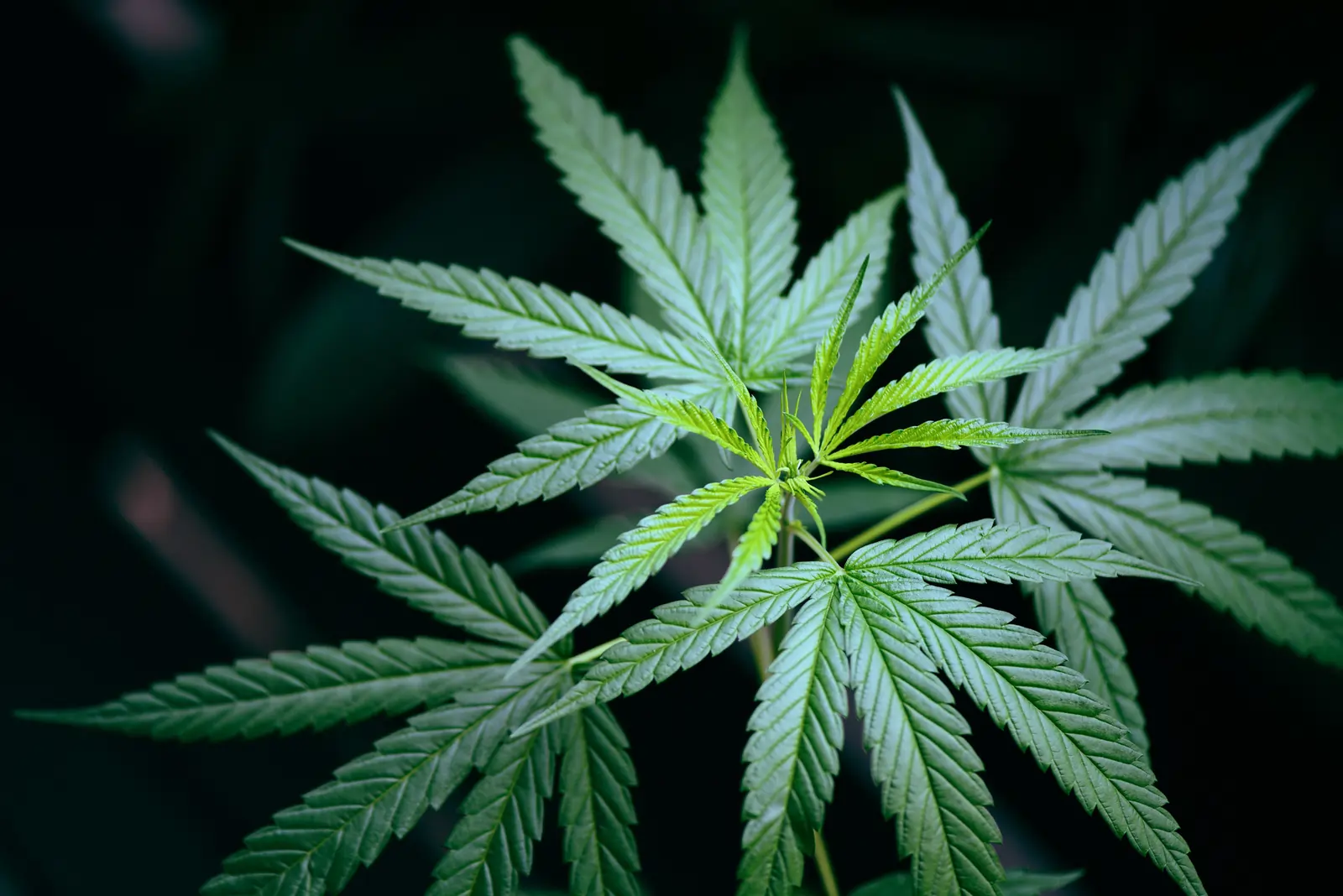
Marijuana stimulates the brain’s endocannabinoid system, altering reward sensitivity and reinforcing drug-taking behavior. Young people who start using marijuana are more likely to develop substance use disorders with alcohol, nicotine, and other drugs.[7] Social environments that involve marijuana often overlap with other drugs as well.
Prescription Medications
Certain prescription drugs, particularly opioid painkillers and attention-deficit hyperactivity disorder (ADHD) medications, have been considered possible gateway drugs. Teens who misuse prescription drugs often transition to illicit drugs when prescriptions run out, become too expensive, or no longer produce the same effects.[8]
The misuse of opioids like oxycodone and hydrocodone can lead to heroin use. They both affect the same brain receptors, but heroin is often cheaper and easier to obtain without a prescription.
Inhalants
Inhalants are substances that produce chemical vapors that induce psychoactive effects when inhaled. These include household products like glue, paint thinners, aerosol sprays, and nitrous oxide. Because of their accessibility, inhalants are often one of the first substances adolescents experiment with, making them a possible gateway drug.
Inhalants deliver a rapid high by depressing the central nervous system and creating effects like alcohol intoxication. Using inhalants early can normalize risky experimentation, leading some to try marijuana, alcohol, or stimulants.[9]
Anabolic Steroids
Anabolic-androgenic steroids are synthetic derivatives of testosterone that are often misused to enhance athletic performance or body image. While not usually considered a gateway drug, anabolic steroids can lead to hard drug use because of the environment where they’re used.
It’s possible to develop steroid dependence, leading to withdrawal symptoms like depression, fatigue, and mood swings. Steroid misuse often occurs in environments with other substances, such as stimulants for energy or opioids for sports-related pain, increasing the risk of polydrug use.[10] Research has demonstrated connections between steroid misuse and a higher likelihood of using stimulants, cocaine, or prescription painkillers.
How Gateway Drugs May Lead to Addiction
The progression from gateway drugs to more dangerous substances isn’t direct or inevitable. However, there are several ways that gateway drug use could pave the way to addiction:[11]
Altered brain chemistry: Drugs like alcohol, nicotine, and marijuana alter the brain’s reward system, making it more receptive to addictive substances. Using one drug can enhance the response to another as well, such as nicotine and cocaine, leading to experimentation.
Psychological factors: Trying one drug can reduce the psychological barrier or inhibitions for trying others. For example, if experimenting with marijuana brings pleasure and no immediate harm, you may downplay the risks associated with harder drugs.
Social factors: The environments where gateway drugs are normalized and consumed may offer exposure to other drugs. Once someone is part of a drug-use culture, it becomes easier to access a wider range of substances.
Criticism of Gateway Drugs
While many believe in the risks of gateway drugs, it’s still a controversial concept. Critics of gateway drugs argue that correlation is not causation.[12] Just because the first drug is often used before a second drug doesn’t mean that one caused the other. The use of both drugs may be linked to underlying factors like genetics, personality traits, or environment.
Critics also believe that peer groups and socioeconomic status may play larger roles in drug progression than the specific substances used. They also argue that labeling marijuana as a gateway drug can cause more stigmatization and undermine drug policy reform.[13]
However, critics still acknowledge that early substance use increases the likelihood of substance use and experimentation later on, regardless of the substances involved.
Prevention Strategies
Understanding gateway drugs is part of reducing risk and preventing drug use. Here are some ways families, peers, schools, communities, and healthcare systems can help:
- Provide accurate, age-appropriate information about drugs to counter myths.
- Focus on decision-making skills instead of scare tactics.
- Strong family bonds and open communication reduce the likelihood of early drug experimentation.
- Parents who model healthy behaviors and monitor adolescent activities can reduce the risk of drug use.
- Restricting adolescent access to alcohol, nicotine, and prescription drugs is crucial to preventing early use.
- Policies that regulate marketing for common products like vaping can reduce exposure among adolescents.
- Peer-led interventions can be effective in reshaping the norms around drug use.
- Extracurricular activities and mentorship programs provide healthy alternatives to substance experimentation.
- Screening for substance use in healthcare settings allows for early support, education, and addiction treatment.
- Counseling and mental health services address underlying issues like anxiety or trauma that may drive substance use.
Take a Proactive Approach to Drug Use
Gateway drugs like alcohol, nicotine, marijuana, and prescription medications demonstrate how exposure to certain substances can influence future drug use and addiction. Not everyone who experiments with these substances will progress to harder drugs, but the risks are real – especially in adolescence. Drug use education, prevention, and support are the key to reducing the likelihood of addiction.
